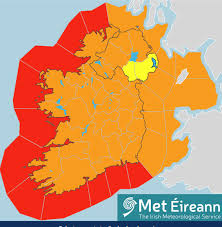Discovering Hillingdon: Past, Present, and Future

Introduction
Hillingdon, a borough located in West London, is one of the most significant areas in the capital, known for its diverse community, extensive green spaces, and historical significance. With a population exceeding 300,000 residents, Hillingdon plays a crucial role in the cultural and economic landscape of London. In recent years, the borough has seen a wealth of developments aimed at enhancing the quality of life for its inhabitants, making it an important area for both locals and prospective residents.
Historical Background
The history of Hillingdon dates back to the Roman times, evidenced by archaeological finds in the area. The name is believed to derive from the Old English ‘Hyldign,’ which means “the hill of ‘Hilda’.” Today, remnants of its rich past are maintained in structures such as the Grade I listed St. John’s Church in the village of Hillingdon, which dates back to the 12th century. This historical backdrop allows residents and visitors alike to appreciate the depth of heritage in the borough.
Recent Developments
In 2023, Hillingdon has embraced various improvement projects, aimed at bolstering the local economy and enhancing public services. The High Street regeneration project is a significant venture aimed at revitalising town centres and improving consumer access. This initiative has introduced new retail spaces and enhanced public transport links, making Hillingdon an appealing destination for shopping and dining.
Moreover, Hillingdon has also prioritized sustainability, with various green initiatives being implemented. The council’s commitment to increasing biodiversity and reducing carbon emissions includes the introduction of more public parks and community gardens. To date, Hillingdon boasts over 1,800 acres of green space, making it one of the greener boroughs in London.
Community and Culture
The community in Hillingdon is a tapestry of cultures, with significant representation from various ethnic backgrounds. This diversity is celebrated through numerous community events and festivals hosted throughout the year, such as the annual Hillingdon Arts Festival, which showcases local talent across music, arts, and theatre. Engaging in these festivities fosters unity among residents and highlights the area’s vibrant character.
Conclusion
In conclusion, Hillingdon stands as a crucial borough within London, blending its rich history with a promising future. Its current developments and community-driven initiatives position it as both an exciting place to live and an attractive option for new residents. The continued focus on sustainability, community engagement, and economic growth presents a positive outlook for Hillingdon’s future, making it a significant area to keep an eye on in the coming years.









